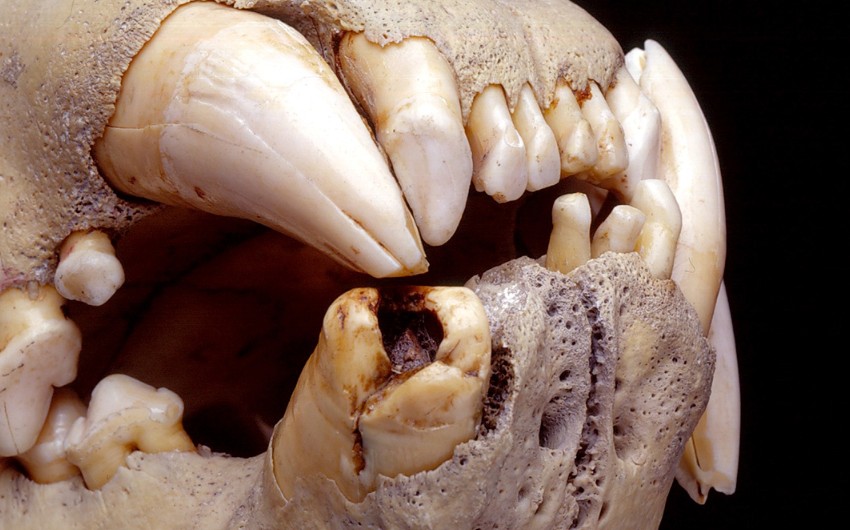A pair of male lions that roamed Kenya more than a century ago gained notoriety as the “man-eaters of Tsavo.” To be sure, the big cats hunted and ate people building a local railway. But a novel DNA analysis of hairs stuck in the cats’ tooth cavities is revealing a diverse — and occasionally surprising — menu.
The roughly 130-year-old dietary log consists of oryx, zebras and yes, humans, researchers report October 11 in Current Biology. Unexpectedly, traces of wildebeest also showed up: The herbivores weren’t known to roam the Tsavo region at that time, so the finding raises questions about how predator met prey. The analysis, which was sensitive enough to identify two separate giraffes from the same subspecies, may be useful for better understanding the lifestyles of long dead animals and the ecosystems they lived in.
“The method opens up a new avenue of inquiry into the past,” says anthropological geneticist Ripan Malhi of the University of Illinois Urbana-Champaign. That could potentially allow scientists to reconstruct diets from thousands of years ago.
The famed lions’ preserved skulls and skins have been housed at the Field Museum of Natural History in Chicago since 1925 and contain hints about what caused the animals’ predilection for hunting humans. For instance, both lions have damaged and broken teeth, which may have made eating from their typical menu of large, strong herbivores more challenging.
Packed deep within the cavities of the shattered fangs are hairs from mammals.
Malhi and colleagues wondered if DNA analysis methods for old, degraded hairs could spill the lions’ dietary secrets. Similar studies have probed the genetics of Siberian mammoths by studying the DNA in ancient hairs, says integrative evolutionary biologist Alida de Flamingh, also of the University of Illinois Urbana-Champaign.
“What makes our study unique is that rather than starting with a known animal, we are analyzing hairs and hair clumps to identify the animals that the hairs originated from,” she says.
The team extracted and transcribed DNA from the mitochondria — energy-producing structures in cells — in both single hairs and knots of hair. The researchers then compared the genetic blueprints to a database of over 20 different African animal species’ mitochondrial DNA.
The team found matches for multiple prey species, including giraffe, oryx, waterbuck, zebra and wildebeest.
That last species is surprising: In 1898, the closest wildebeest grazing area to where the lions were killed was about 90 kilometers away. “It suggests that the Tsavo lions may have either traveled farther than previously believed, or that wildebeest were present in the Tsavo region during that time,” de Flamingh says.
For some detected species, the researchers had enough DNA to transcribe the full, extra-detailed set of mitochondrial DNA – the mitogenome. By comparing the giraffe mitogenomes, the team determined that the hairs came from two distinct, individual giraffes.


 https://static.report.az/photo/db4b9ad9-7287-369c-8f86-009b63f0cf60.jpeg
https://static.report.az/photo/db4b9ad9-7287-369c-8f86-009b63f0cf60.jpeg

